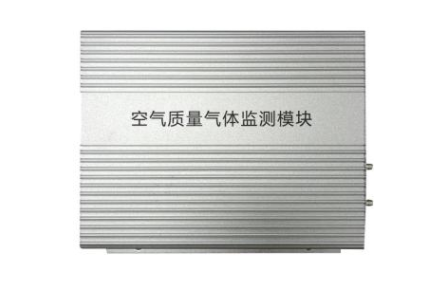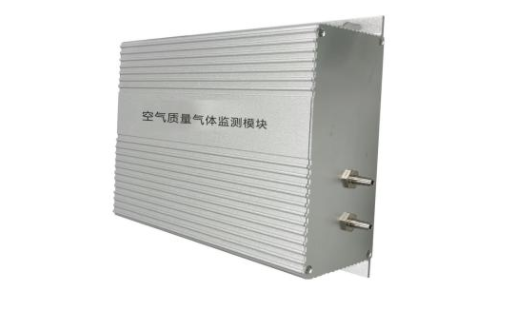Background of Air Quality Gas Monitoring Module
With the acceleration of industrialization and the expansion of urbanization, air pollution has become increasingly severe and a global environmental challenge. From the pervasive haze on city streets to the pungent odors around factory areas, the air is filled with various pollutants such as sulfur dioxide, nitrogen oxides, carbon monoxide, ozone, particulate matter (PM2.5, PM10), and more.
These pollutants come from a wide range of sources, including industrial exhaust emissions, motor vehicle exhaust, coal combustion, construction dust, and many other aspects. Air pollution not only seriously affects air quality, causing dark skies and reduced visibility, but also poses a great threat to human health, leading to respiratory diseases, cardiovascular diseases, and even cancer. At the same time, it causes damage to ecosystems, crop growth, and building facilities. In this context, air quality gas monitoring module equipment has emerged, shouldering the responsibility of real-time and accurate monitoring of various pollutant concentrations in the air. Whether it is daily monitoring of urban environmental air quality, control of pollutant emissions in industrial plants, or control of indoor air quality, this equipment can provide key data support to help relevant departments and enterprises timely grasp the dynamics of air quality, laying a solid foundation for formulating effective pollution prevention and control strategies and improving air environmental quality.

Product Introduction
A gas sensor is a converter that converts the volume fraction of a certain gas into a corresponding electrical signal. A gas sensor is a device that converts information such as gas composition and concentration into information that can be utilized by personnel, instruments, computers, and others.
It includes high-sensitivity gas sensing components, signal processing circuits, and standardized output interfaces, which can accurately detect combustible gases (such as methane), toxic gases (such as carbon monoxide, hydrogen sulfide), volatile organic compounds (VOCs), and air quality indicators (such as CO ?, CO).
Fast response speed, low-power design, strong anti-interference ability, stable performance, support for multi gas composite detection and temperature and humidity compensation, ensuring data reliability. The output method is flexible, and the product meets the industrial grade protection standard (IP65).

Product Features
High measurement accuracy: Through built-in algorithms, intelligent gas sensors can calibrate and correct measurement data in real time, effectively eliminating environmental interference and errors, thereby providing more accurate and reliable measurement results.
Environmental adaptability: Automatically adjust measurement parameters and modes to meet measurement needs under different environmental conditions such as temperature, humidity, and pressure. This adaptive capability enables gas sensors to maintain good performance in various complex environments.
Corrosion resistance: The ability of a sensor to be exposed to high volume fraction target gases. When a large amount of gas leaks, the probe should be able to withstand 10-20 times the expected gas volume fraction. Under normal working conditions, sensor drift and zero point correction values should be minimized as much as possible.
Data processing capability: Real time analysis of collected data, identification of outliers and trends, thereby achieving real-time monitoring and early warning of gas concentration. This function is of great significance for preventing gas leaks, ensuring industrial safety, and environmental protection.

Keyword:




